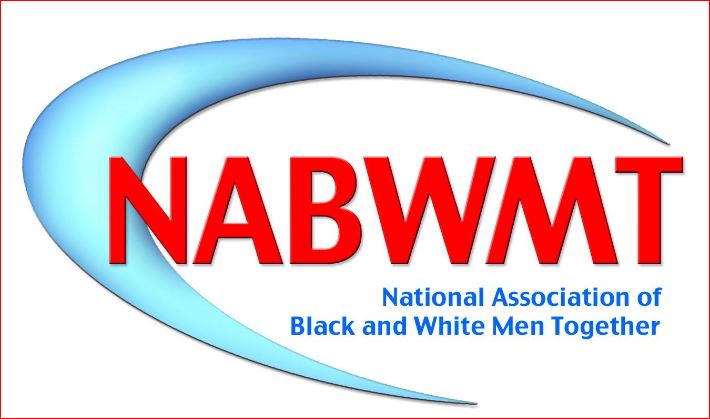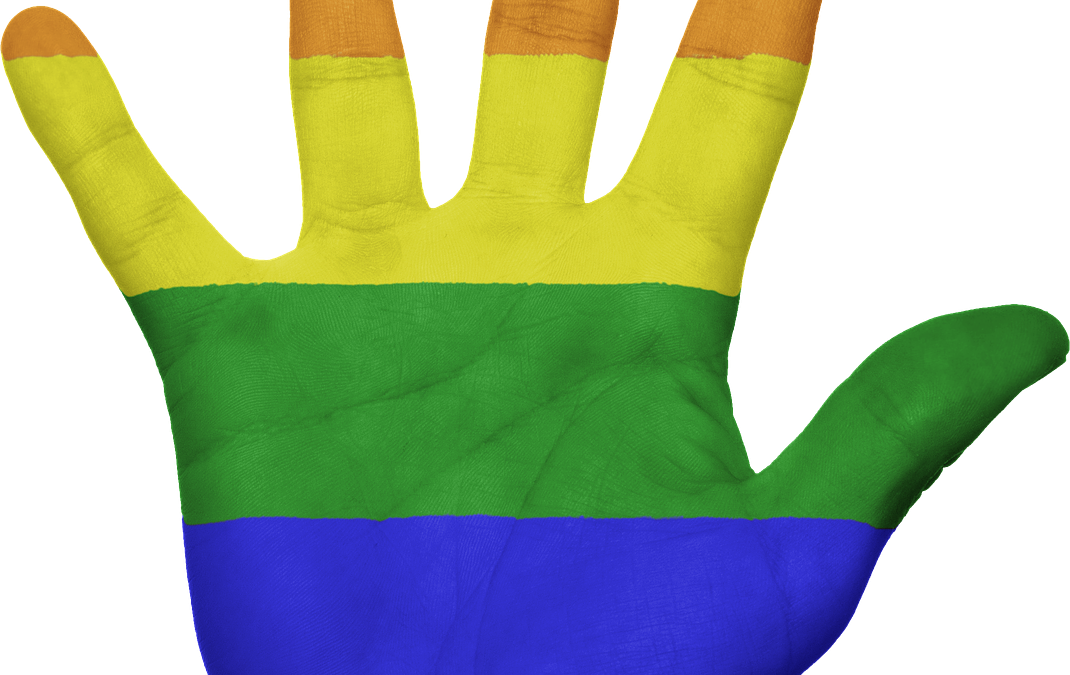
Remember when Mathew Sheppard was murdered and the accused men’s legal teams attempted to advance the “gay panic” theory on their client’s behalf?
They claimed that Shepard had made an advance on their client and triggered a violent response – one that drew on traumatic youthful homosexual experiences as well as the influence of drugs and alcohol.
Fortunately, the judge rejected the defense, declaring that “even if relevant, the evidence will mislead and confuse the jury”. The prosecution, meanwhile, argued that the defense implicitly offered an excuse that could be cited to explain any murder away.
This left a lasting impact on the way violence against LGBT+ people is policed. A decade later, Shepard’s name was given to a law that extended the federal definition of hate crimes to cover gender, disability, gender identity, or sexual orientation.
Since then, legislation to eliminate the panic defense has been introduced not just at state level, but federally too.
During the last Congress, Democratic members of the House and Senate introduced the Gay and Transgender Panic Defense Prohibition Act of 2019.
This would enter into law that “No nonviolent sexual advance or perception or belief, even if inaccurate, of the gender, gender identity or expression, or sexual orientation of an individual, may be used to excuse or justify the conduct of an individual or mitigate the severity of an offense”.
The bill never moved past the committee stage, but if reintroduced, it may stand a better chance with a Congress and White House both controlled by the Democrats.
The gay panic defense is not the same as the notorious “twinkie defense” that surfaced in the trial of Dan White, who murdered gay San Francisco city supervisor Harvey Milk and Mayor George Moscone in 1978.
White’s team argued that he was suffering from depression at the time of the murders, and that his sudden turn to junk food as opposed to his usual healthy diet indicated the seriousness of his mental deterioration in advance of the murders.
Fast forward to today. Lawmakers in New Mexico took a step forward for LGBT+ people recently by advancing a bill to ban the so-called “gay panic” defense.
This strange, backward legal idea has evaded the march of sexual and gender equality across the US with remarkable resilience.
This argument is not used as a defense in its own right, but as a complement to other defenses such as temporary insanity, provocation, or self-defense.
In an era where hard-won federal and state legislation treats property damage, violence and murder meted out to LGBT+ people as hate crimes, that the gay panic defense remains unbanned in most US states seems a remarkable oversight – but in some places, things seem to be changing.
As one New Mexico lawmaker said: “It is appalling that we would continue to allow the alleged perpetrator of violence to defend themselves by claiming they panicked because of the sexual orientation or gender identity of their victim – that we would say the sheer surprise revelation of our sexuality or gender would determine our worthiness to live.”
Though it is infrequently used, the defense is only outlawed in a few states; according to the National LGBT Bar Association, These are: California, Illinois, Rhode Island, Nevada, Connecticut, Maine, Hawaii, New York, New Jersey, Washington, and Colorado, as well as the District of Columbia.
As the Bar Association points out, referring to it as the “gay” panic defense is reductive, since the tactic can be used against people of any sexual orientation or gender identity, not just those who identify as gay.
Hate crimes against LBGT+ people remain alarmingly prevalent, and the existence of a defense that could be used to justify identity-based violence does not make this often deadly problem easier to solve.
This is of particularly important to the LGBT+ community because the LGBTQ+ “panic” defense frequently draws on stigmas particular to LGBTQ+ people, their sexualities, and their genders to justify horrific violence against LGBTQ+ individuals.
The defense is rooted in homophobia and transphobia. We have seen in 2019, there has been an increase of transgender women of color being victims of hate crimes.
In the United States, the estimated adult LGBTQ+ community makes up 5.6 percent, an estimated 18.4 million people.
Hate crime statistics from the FBI show, however, that LGBTQ+ people are disproportionately targeted:
In 2019, there were 1,656 recorded hate crimes against people for their sexual orientation and gender identity. These hate crimes made up a combined 18.8 percent of motivation in single-bias hate crime incidents.
Research shows that 1 out of 5 lesbian, gay, and bisexual people living in the United States will experience a hate crime in their lifetime, and more than 1 out of 4 transgender people will.
The NABWMT denounces hate crimes and the Gay Panic defense, and calls on state an federal governments to legislate to eliminate these.
_____________
Source:
The independent Newspaper March 19, 2021
Lgbar.org

